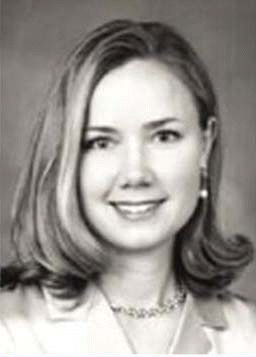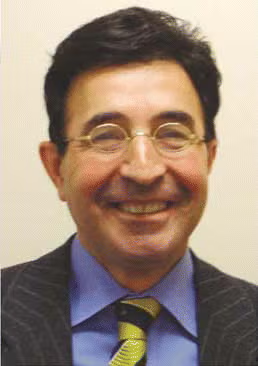Although the vast majority of infantile hemangiomas require no treatment except observation, some important exceptions require special consideration. These include large, disfiguring hemangiomas on the face or neck; periocular or periorbital hemangiomas that can affect vision; hemangiomas on the nose that can interfere with breathing; and hemangiomas in the beard distribution-that is, in front of the ears, on the chin and the upper lip, and the anterior neck. Those in the beard distribution carry a high risk of an accompanying symptomatic airway hemangioma, which can cause death due to asphyxiation if large and circumferential, Dr. Blei explained.
Explore This Issue
May 2006If a child presents with recurrent stridor, or stridor when it is not croup season, a subglottic hemangioma should be suspected, Dr. Blei stated. Croup can be treated with a short course oral of steroids and the stridor may resolve for a short period of time, but a recurrence suggests that an airway hemangioma is present. Subglottic hemangiomas are treated with oral steroids and laser surgery; in some cases, laser can avoid the need for steroids. Tracheotomy may be required if steroids are ineffective and the child is in extremis, Dr. Blei said.
Not all large facial hemangiomas will have accompanying anomalies; in fact, large facial hemangiomas without anomalies are probably more common that those associated with PHACES. – -Denise Metry, MD
Unusual or large hemangiomas on the face may be associated with failure to thrive syndrome. Dr. Blei said that children with very large hemangiomas having increased blood flow can have cardiac problems and should be referred to a cardiologist for evaluation. In general, any patient with a complicated hemangioma should be referred to a vascular anomalies center for a treatment plan, which can then be carried out in conjunction with the child’s local doctor.
Typically, surgery should be used to treat any disfiguring hemangioma or one that distorts or destroys a function, where no other modality can correct this. – -Milton Waner, MD
Prompt recognition and referral of large or otherwise problematic hemangiomas to experienced centers is indicated [for unusual or complicated hemangiomas]. Disasters can occur if these are not appropriately managed, Dr. Blei said.
PHACES
All doctors who treat infants should be aware of the PHACES syndrome. PHACES is an acronym used to describe a group of anomalies that was coined by Ilona Frieden, MD, in 1996. More than 90% of those with PHACES are female. The hallmark of PHACES is a large, segmental hemangioma, usually located on the face, plus one or more of the listed congenital abnormalities (see box, bottom left). Thus far, more than 200 cases have been reported in the literature.


Leave a Reply